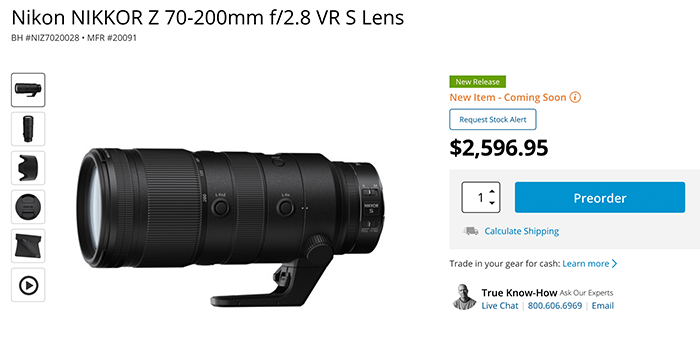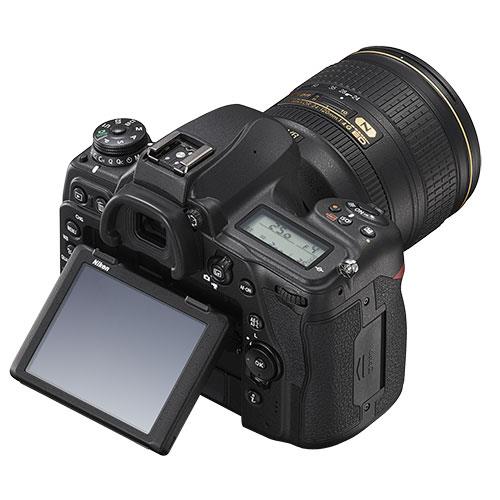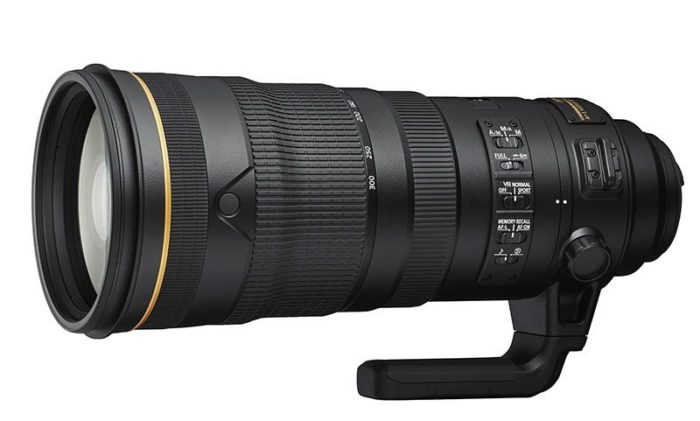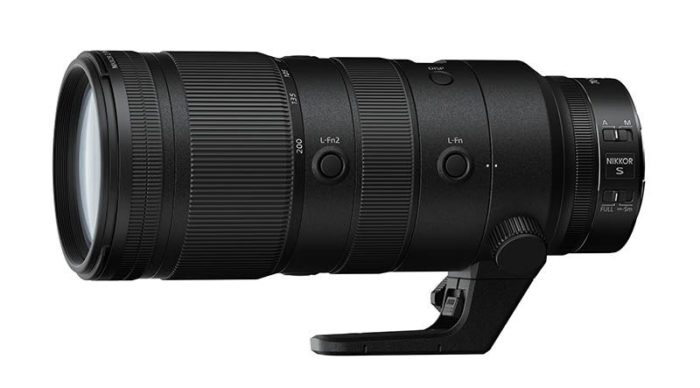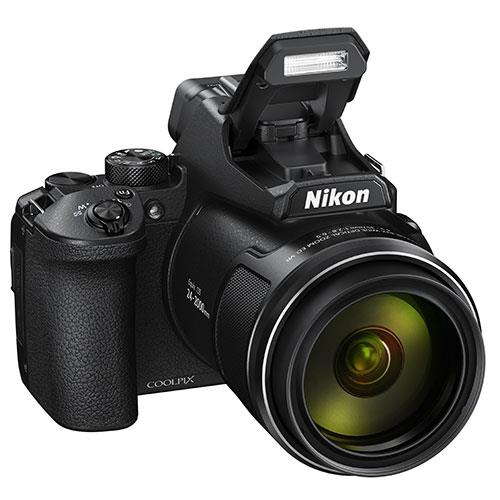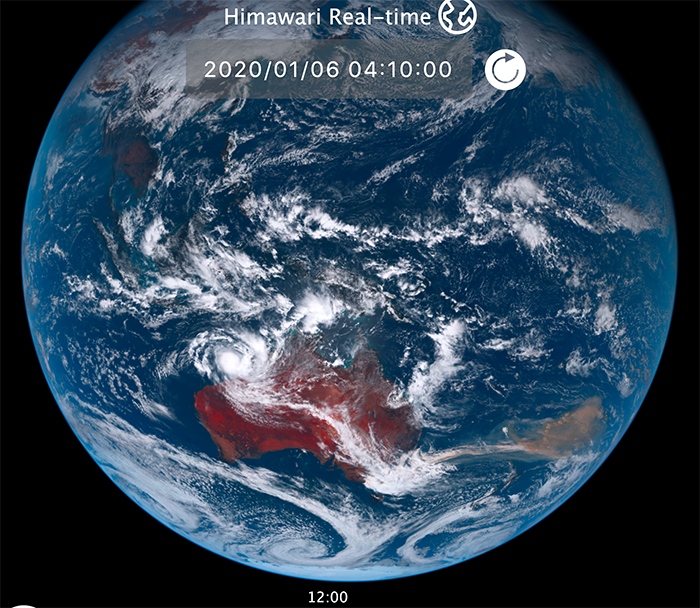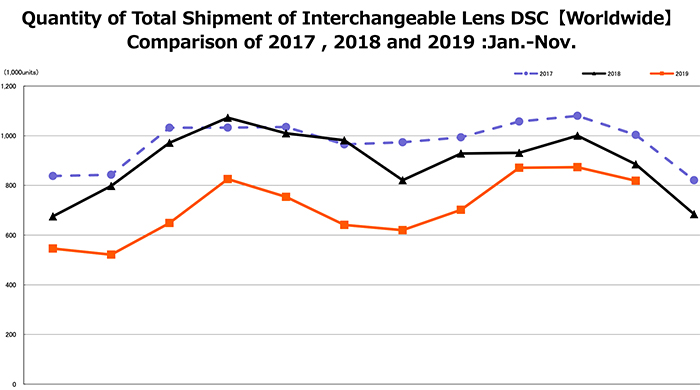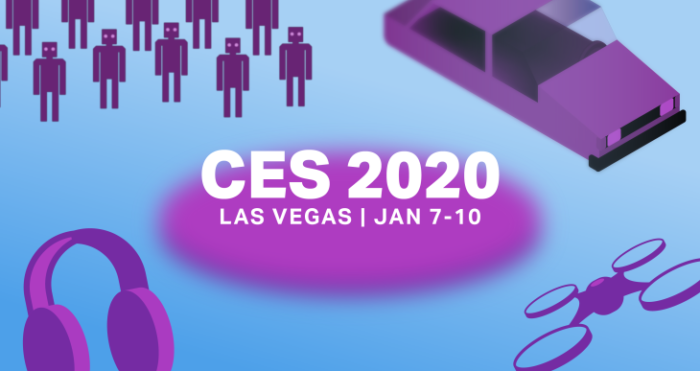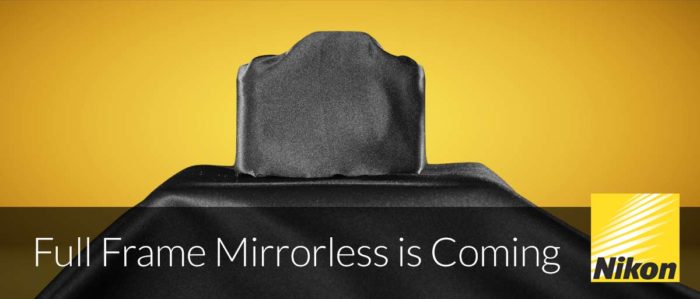Nikon NIKKOR Z 70-200mm f/2.8 VR S Lens officially announced
The first mirrorless related gear of the year has been announced by Nikon! You can see full specs of the new Nikon NIKKOR Z 70-200mm f/2.8 VR S Lens at BHphoto.
Now it’s time to look ahead to the next announcement from Fuji in late January….and in February ALL companies will announce new gear too :)
